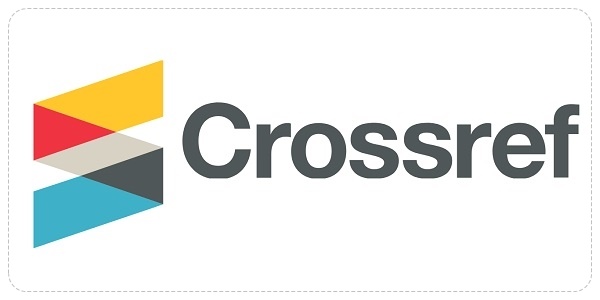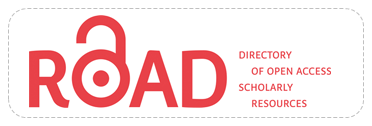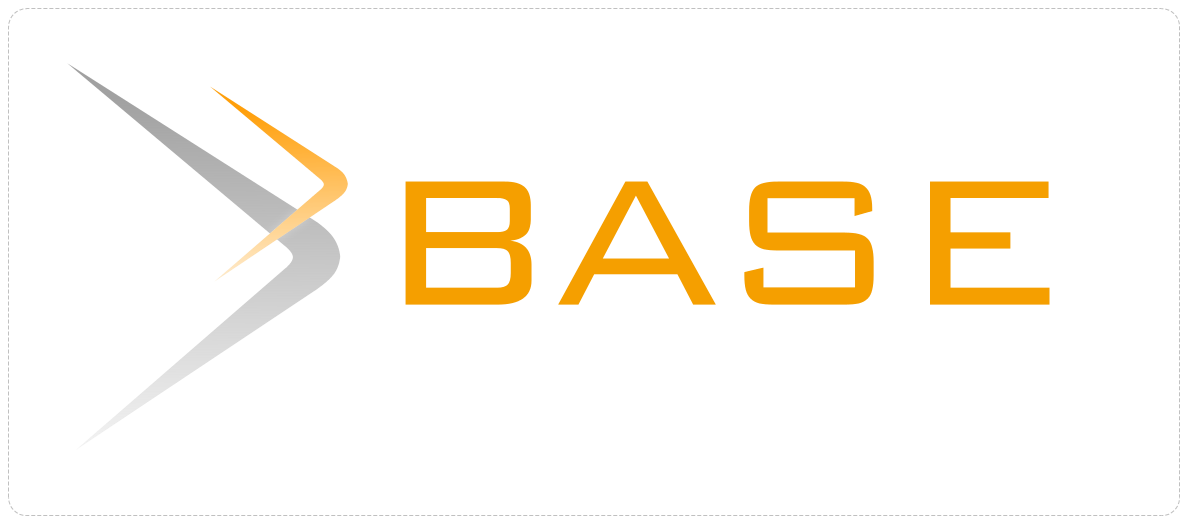PENGEMBANGAN BLENDED LEARNING DENGAN MODEL FLIPPED CLASSROOM
Abstract
Abstrak
Pengembangan pembelajaran dengan melibatkan teknologi menjadi salah satu dampak pesatnya perkembangan teknologi. Blended learning menjadi salah satu opsi yang dapat diadaptasi, namun upaya pengembangan pembelajaran menggunakan blended learning masih belum masif. Penelitian ini mencoba untuk mengembangkan salah satu model desain pembelajaran menggunakan metode penelitian Design and Development (DnD). Hasil dari penelitian ini yaitu model GALE yang dapat digunakan untuk mengembangkan pembelajaran menggunakan strategi blended learning. Model GALE merupakan turunan yang dikembangkan dari model instruksional ADDIE, memiliki empat tahapan yaitu Goal Analysis, Activity Plan, Learning Resources Development, dan Evaluate and Reflection. Dalam penerapannya, blended ini dilakukan di mata kuliah penelitian dan pengembangan teknologi pendidikan pada semester tujuh di program studi teknologi pendidikan. Sekaligus smemanfaatkan fasilitas learning management system yang dimiliki oleh UPI yaitu spot.upi.edu. Hasil dari pengembangan pembelajaran ini dapat menunjang pembelajaran sesuai dengan kebutuhan blended learning yang telah dikembangkan. Selain itu, penelitian ini diharapkan mampu memberikan best practice pengembangan blended learning, selain juga menyajikan model GALE sebagai alternatif model pengembangannya.
Abstract
The development of instruction involving technology is one of the effects of the technology rapid development. Blended learning strategy is an option that can be adapted for instructions. However, efforts to develop instruction using blended learning are still not massive enough. This study tries to develop one of the learning design models using the Design and Development (DnD) research method. The results of this study are GALE models that can be used to develop learning using the blended learning strategy. The GALE model is a derivative developed from the ADDIE instructional model. It has four stages, start with the Goal Analysis, Activity Plan, Learning Resources Development, and Evaluate and Reflection. In its implementation, this instructional design model for blended learning strategy is carried out in the research and development of educational technology courses in the seventh semester in Educational Technology program. While at the same time utilizing the Learning Management System (LMS) facility owned by UPI, namely spot.upi.edu. The results of developing this instructional design model can support learning appropriately match to the blended learning needs that have been developed. In addition, this research is expected to be able to provide best practice for the development and implementation of blended learning strategy, and also to presenting the GALE model as an alternative development model.
Keywords
Full Text:
PDF (Bahasa Indonesia)References
Branch, R. M. (2009). Instructional Design: The ADDIE Approach. International Encyclopedia of the Social & Behavioral Sciences. Boston, MA: Springer US.
Berrett, D. (2012). How ‘flipping’the classroom can improve the traditional lecture. The chronicle of higher education, 12(19), 1-3.
Center for Digital Education. (2012). Issue Brief The Flipped Classroom. e.Republic.
Danker, B. (2015). Using Flipped Classroom Approach to Explore Deep Learning in Large Classrooms. The IAFOR Journal of Education, III(I), 171–186.
Educause Learning Initiative. (2012). 7 Things You Should Know About Flipped Classrooms. Educause.
Flipped Learning Network (FLN). (2014). What Is Flipped Learning ? The Four Pillars of F-L-I-P TM. Flipped Learning Network.
Flumerfelt, S., & Green, G. (2013). Using lean in the flipped classroom for at risk students. Journal of Educational Technology & Society, 16(1), 356-366
Hamdan, N., McKnight, P., McKnight, K., & Arfstrom, K. M. (2013). A Review of Flipped Learning. Flipped Learning Network.
Herreid, C. F., & Schiller, N. A. (2013). Case studies and the flipped classroom. Journal of College Science Teaching, 42(5), 62-66.
McCarthy, J. (2016). Reflections on a flipped classroom in first year higher education. Issues in Educational Research, 26(2), 332–350.
Meece, J., & McColskey, W. (1997). Improving Student Motivation. A Guide for Teachers and School Improvement Teams. Florida: Southeastern Regional Vision for Education (SERVE).
Nwosisi, C., Ferreira, A., Rosenberg, W., & Walsh, K. (2016). A Study of the Flipped Classroom and Its Effectiveness in Flipping Thirty Percent of the Course Content. International Journal of Information and Education Technology, 6(5), 348–351.
Richey, R. C., & Klein, J. D. (2014). Design and development research. In Handbook of Research on Educational Communications and Technology: Fourth Edition.
Ridha, M., Setyosari, P., & Kuswandi, D. (2016). Pengaruh Flipped Mastery Classrom Terhadap Perolehan Hasil Belajar Kognitif Mahasiswa. Jurnal Pendidikan: Teori, Penelitian, dan Pengembangan, 1(4), 655-661.
Rindaningsih, I. (2018). Efektifitas Model Flipped Classroom dalam Mata Kuliah Perencanaan Pembelajaran Prodi S1 PGMI UMSIDA. Proceedings of the ICECRS, 1(3).
Setiyani, R. (2010). Pemanfaatan Internet Sebagai Sumber Belajar. Dinamika Pendidikan, 5(2).
Smaldino, S. E., Lowther, D., & Russel, J. D. (2014). Instructional Technology and Media for Learning (9th ed.). New Jersey: Pearson Inc.
Sutisna, M. R. (2017). The Influence of Interactive Multimedia Audio Telling Machine (iMATE) Use and Student’s Self Regulated Learning Level on English Language Greetings Application Skills. Edutech, 16(3), 380–395.
Sutisna, M. R., Mulyadi, D., & Alinawati, M. (2019, July). Flipped Classroom Application and Improvement of Motivation and Creativity of Participants in the Educational Technology Research and Development Study. In 2nd International Conference on Educational Sciences (ICES 2018). Atlantis Press.
Weiten, W. (1989). Psychology: Themes and Variations: Themes And Variations. California: Brooks/Cole.
Yulietri, F., & Mulyoto, M. (2015). Model Flipped Classroom dan Discovery Learning Pengaruhnya Terhadap Prestasi Belajar Matematika Ditinjau Dari Kemandirian Belajar. Teknodika, 13(2).
DOI: https://doi.org/10.17509/pdgia.v17i2.17951
Refbacks
- There are currently no refbacks.
INDEXED BY

This work is licensed under a Creative Commons Attribution-ShareAlike 4.0 International License















